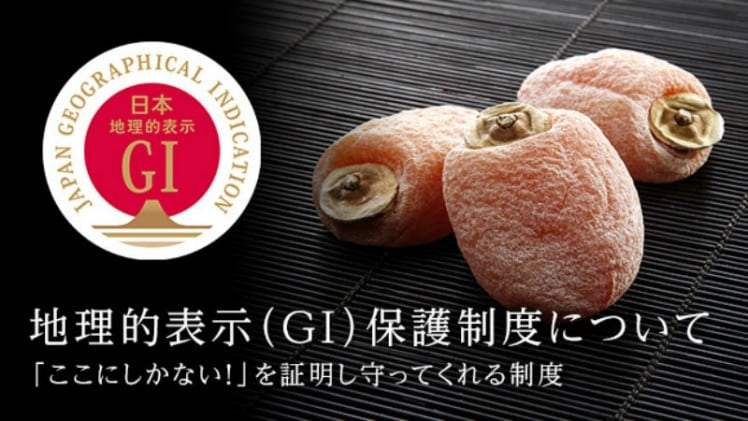The East Asian nation has long been on the quest to boost its international trade and particularly food export routes, having previously set a JPY5tn goal to hit by 2030, but hit various snags along the way in 2024 including the China ban on its seafood linked to its Fukushima wastewater release project.
Japan has remained vocal and persistent about its food export goals, and has renewed this focus with the recent announcement of a new national level agreement with Australia to develop both nations’ food chains.
“Japan and Australia have decided to cooperate at the national level to promote the development of agricultural and food value chains In both markets,” said Japanese Vice Minister of the Ministry for Agriculture, Forestry and Fisheries (MAFF) Yoichi Watanabe after the signing.
“This cooperation will cover the entire chain, linking each stage of added value from production to manufacturing, processing, distribution and consumption.
“The focus will be on strengthening overall food trade and investment relations, as well as cooperation at the country level [to] encourage joint production of local agricultural, food and fishery products.
“These improvements and products are hoped to primarily target exports to South East Asian markets, but also other international markets as well.”
The agreement was signed in February 2025 between Watanabe and Australian Secretary for the Department of Agriculture, Fisheries and Forestry Adam Fennessey.
“Both Australia and Japan are committed to enhancing our relationship, acknowledging the long history and strength of co-investment in the agrifood sector between Japan and Australia,” Fennessey added.
“The further development of the food value chains will complement and build on existing investments and arrangements between both countries, and will also include collaborations for modernisation such as the increased digitisation of supply chains.
“Both markets also have counter seasonal production of various agrifood and fishery products, and this will come into play as we jointly develop the value chains in both markets for export into other regions.
“Some key areas of cooperation expected include technical and policy exchange, import and export collaboration, government-led promotions to industry and so on.”
The agreement will see further discussion via the Japan-Australia High Level Dialogue moving forward.
GI successes
Adding to Japan’s successful start to trade development this year was the recently-announced list of six new products that have successfully been registered as GIs, providing these with an added layer of protection and quality assurance in any trade relationship.
Food items made up the bulk of these new registrations, including Kazuno Beef from Akita Prefecture, Kawai Red Shiso (Iwate Prefecture), Senshu Water Eggplant (Osaka Prefecture), and Masuda Amuse Melon (Shimane Prefecture).
The remaining two items were the Kumamoto Dancing Red-crowned Crane (Kumamoto Prefecture) and the Toyohashi Hanaho flower (Aichi Prefecture).
“The GI protection system protects the names of agricultural, forestry and fishery products and foods that have quality and social recognition [nurtured via the unique factors in a specific] region, as intellectual property in that region,” MAFF stated.
“With the addition of these new products, we are please to announce that the number of GI-registered and recognized products in Japan has now officially increased to 154.”

